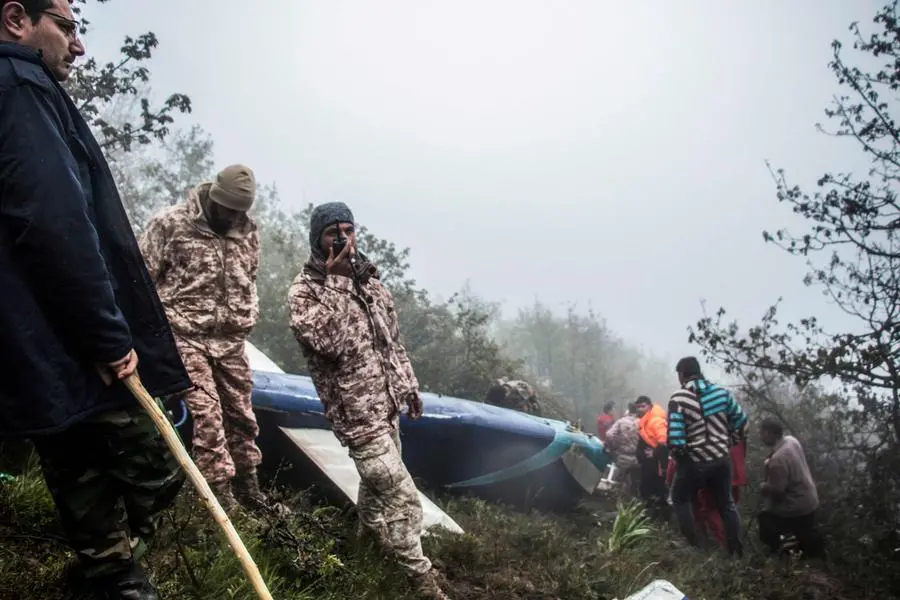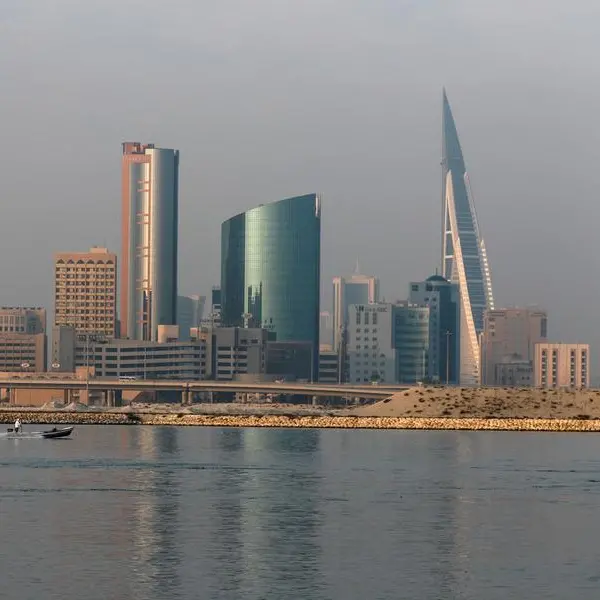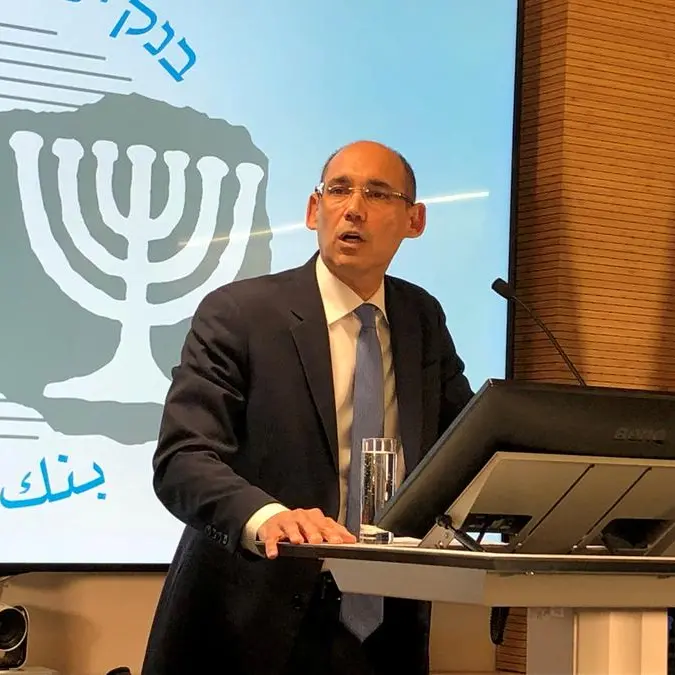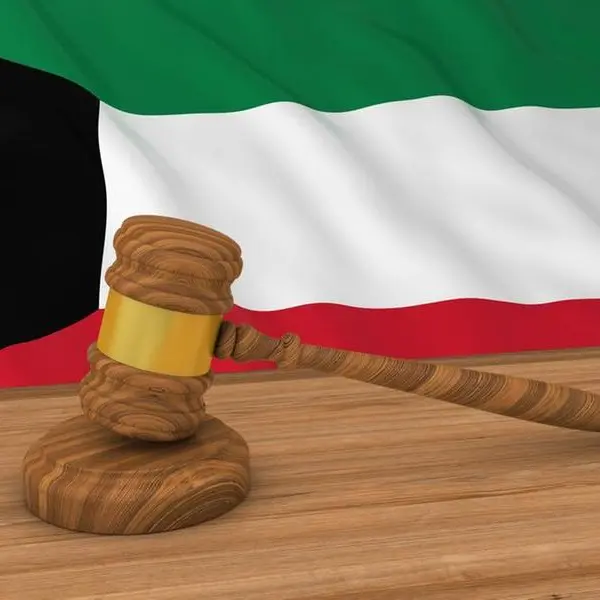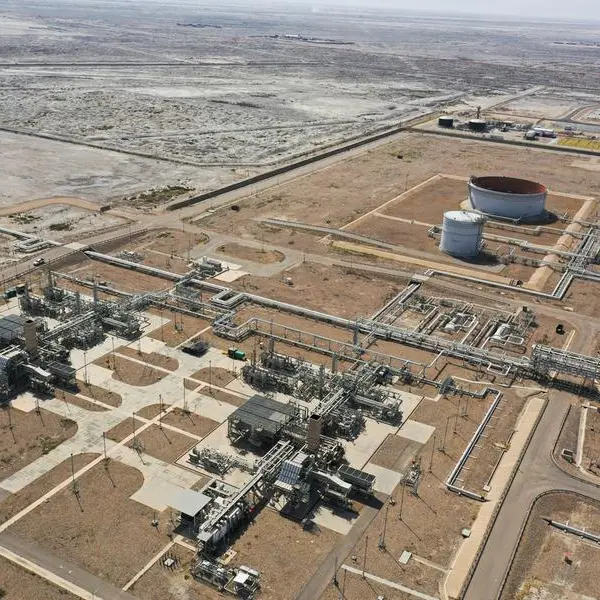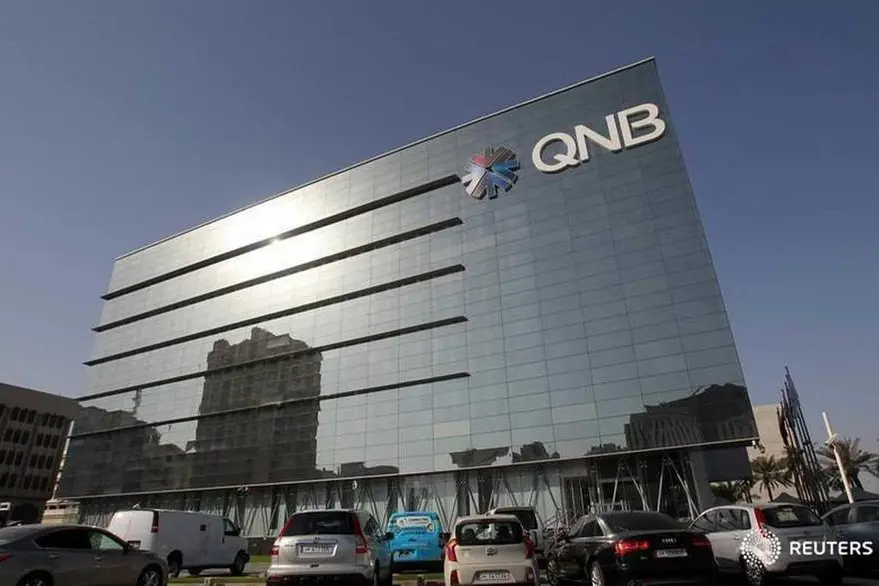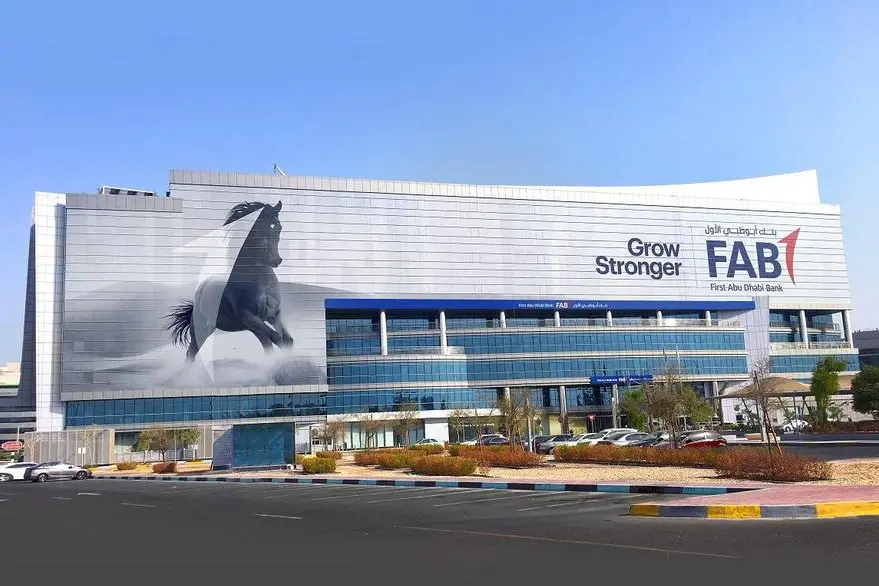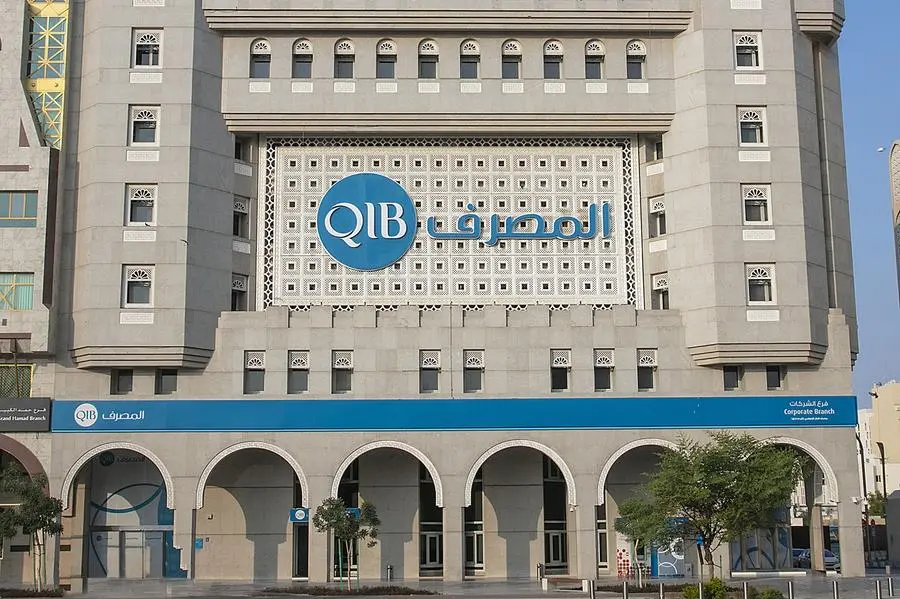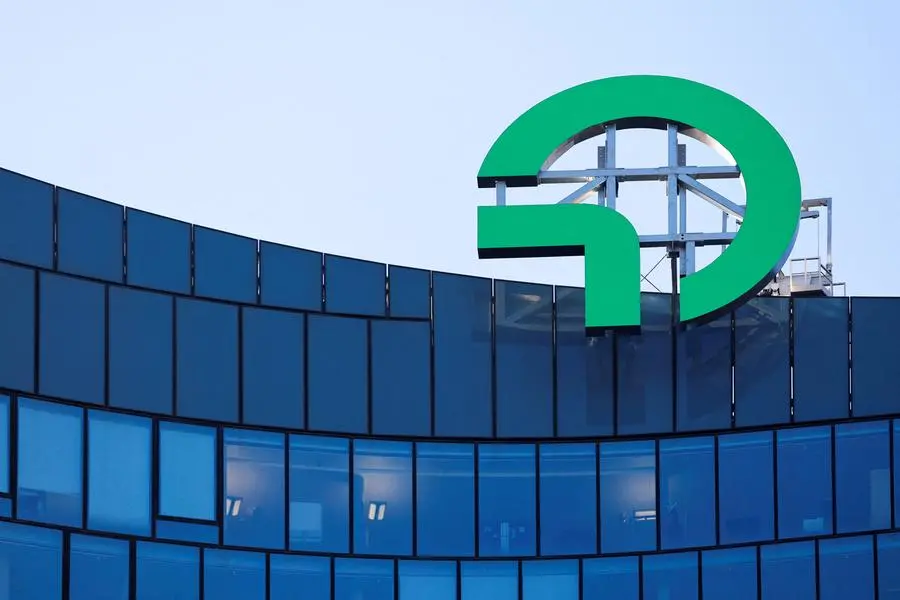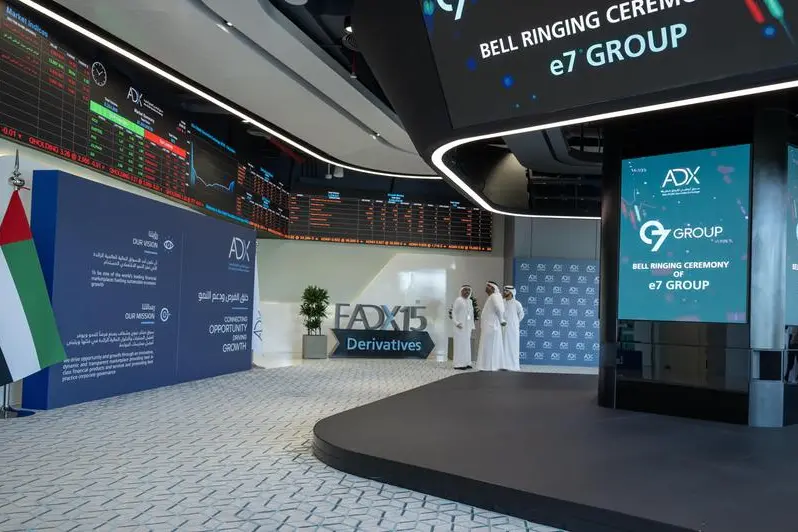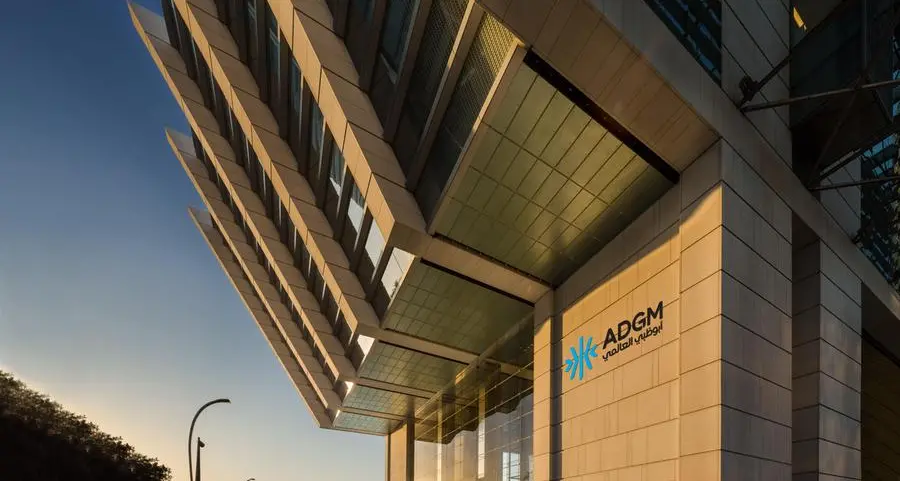PHOTO
TOPSHOT - Rescue team members work at the crash site of a helicopter carrying Iranian President Ebrahim Raisi in Varzaghan, in northwestern Iran, on May 20, 2024. Iranian President Ebrahim Raisi was declared dead on May 20 after rescue teams found his crashed helicopter in a fog-shrouded western mountain region, sparking mourning in the Islamic republic. (Photo by Azin HAGHIGHI / MOJ News Agency / AFP)
A thick blanket of fog shrouded Iran's remote western mountains during the helicopter crash that killed President Ebrahim Raisi, and for over 15 hours it kept the deadly carnage hidden.
Radio contact was lost on Sunday afternoon with the aircraft, but it took an all-night effort involving hundreds of search and rescue crew before the mangled wreckage was found shortly after the sun rose on Monday.
When the first teams finally reached the crash site on a steep and soggy slope covered in sparse mountain forest, the uncertainty about Raisi quickly lifted even if the heavy mist and drizzling rain did not.
They found the twisted wreckage of the blue and white Bell 212 helicopter, surrounded by soot-covered debris strewn across the low scrub of the range in East Azerbaijan province.
There were no survivors among the nine people on board at the accident site, some three kilometres (two miles) northeast of the small village of Tavil.
The victims were Raisi, the foreign minister Hossein Amir-Abdollahian, a provincial governor and an imam, the aircraft's three crew and two bodyguards, officials said.
Many of the remains were charred but they could be identified without DNA tests, an official told Tasnim news agency.
After a night that had seen mass prayers at mosques across the majority Shiite Muslim country, state media reported that the aircraft had "hit the mountain and disintegrated" on impact, leaving "no signs of life".
The crash happened as Raisi and his entourage were on their way back from East Azerbaijan province after having inaugurated a dam project with the Azeri president.
Rescue teams were immediately dispatched in a gargantuan effort involving personnel from the Red Crescent medical service, the army, police and Islamic Revolutionary Guard Corps.
Countries including Turkey and Russia sent drones and rescuers to help the search operations, and the European Union activated its "rapid response mapping service" to help the search.
Iranians had been captivated by the search, and images from the crash were shared on social media, including one that showed a victim in a white shirt lying amid the debris and dense foliage.
Iranian media later published images of rescue workers carrying the bodies back on makeshift stretchers and in blankets through the inhospitable terrain, to long rows of ambulances parked on a nearby road.
After all the human remains were recovered, the Red Crescent declared that "the search operations have come to an end".
